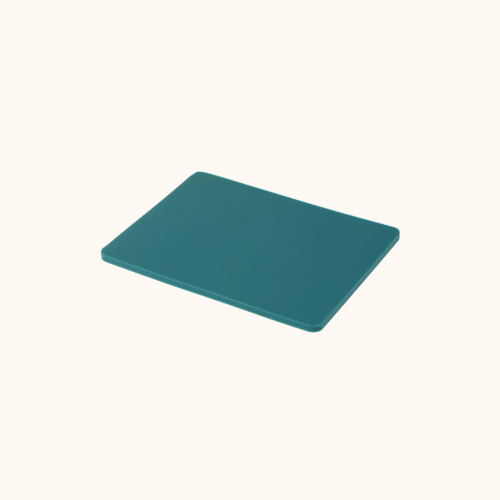Not all hanko are created equal. One of the key factors that determines the quality and character of your hanko is the material it’s made from. The right material not only affects the durability and appearance of the seal, but can also reflect your personality or status. Here are the top five most popular materials used for hanko and what makes each one special.

- Akane Wood
Affordable and lightweight, akane wood is ideal for casual or first-time users. It’s often used for mitomein, the everyday stamp for home deliveries or internal approvals. Though less durable, it’s a great entry point for those new to using hanko. - Boxwood (Tsuge)
Known for its smooth surface and light yellow color, boxwood is slightly more refined than akane. It’s commonly used for ginkōin (bank stamps) and is a popular option for those who want quality at a modest price. - Horn (Water Buffalo or Cow Horn)
Strong, dense, and elegant, horn hanko are used by professionals and those registering a jitsuin. The natural grain adds uniqueness, making each seal one-of-a-kind. Black horn is especially popular for business use. - Titanium
Modern, rust-resistant, and incredibly strong, titanium has become the preferred choice for long-lasting hanko. Its sleek, metallic finish appeals to professionals and businesspeople looking for durability and sophistication. - Crystal or Acrylic
Transparent and stylish, these materials are perfect for decorative or artistic seals. While not suited for official use, they make great personalized gifts or creative items.

Each material serves a different purpose and personality. If you’re looking for something timeless and formal, titanium or horn is a solid choice. For day-to-day use or a starter hanko, wood is practical and affordable.
At HankoHub.com, you can explore hanko in all of these materials, professionally engraved to your exact preferences. Choose the one that fits your life and leave your mark with confidence.













